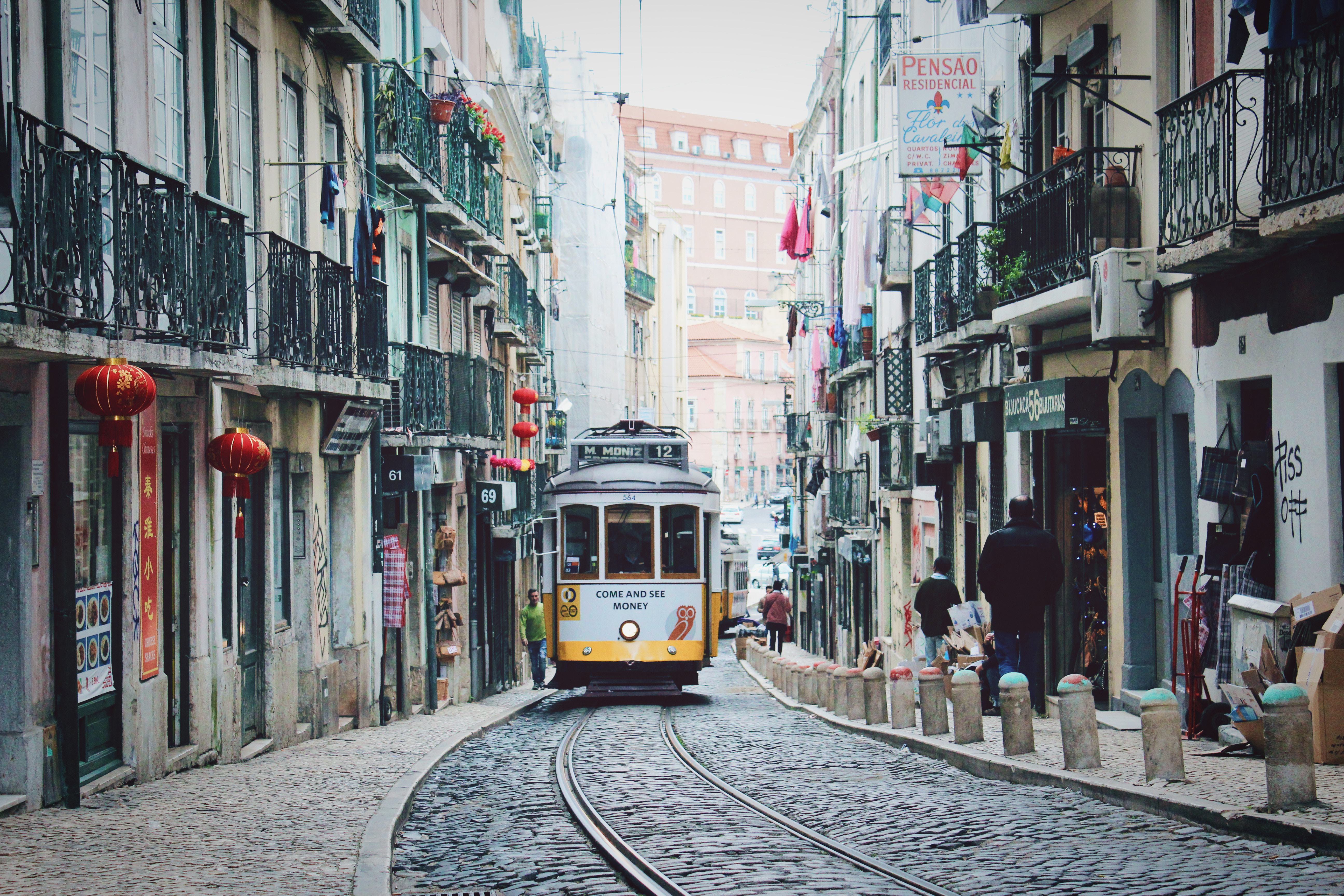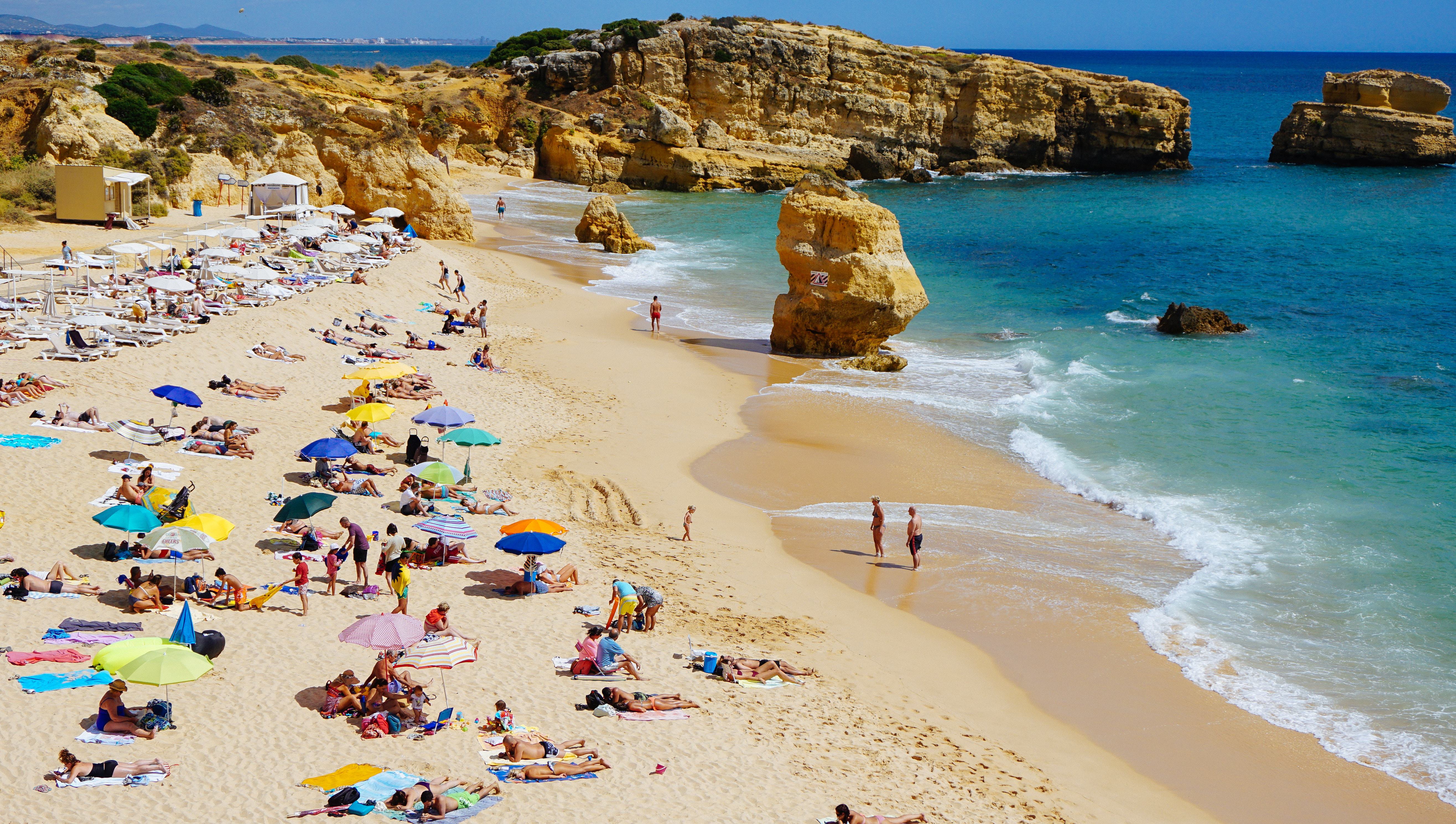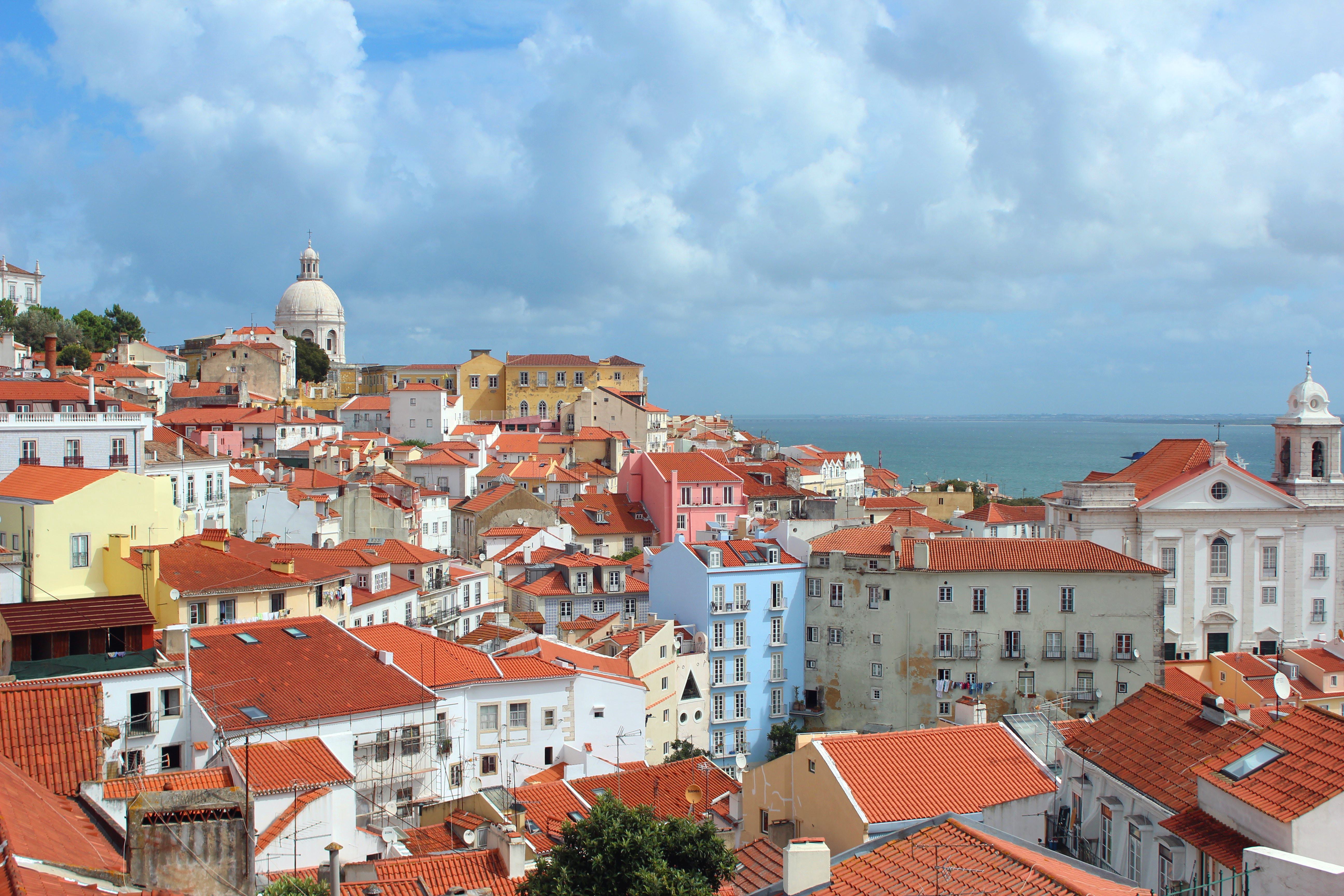Driving in Portugal Tips: Laws and Regulations
It’s no surprise that 14% of Portugal’s tourists come from the United Kingdom. Portugal’s welcome to British citizens is as warm as the balmy evenings on the Algarve. And there is so much to see. From the iconic trams in Lisbon to the Jurassic coastline of the Algarve, the vast array of sights are best enjoyed with the practicality and ease of a car. So, if you ask, ‘what do I need to drive in Portugal?’ You’ve come to the right place. Additionally, you might find our driving in Europe checklist helpful! Let's take a look at some driving in Portugal tips.
Driving in Portugal Requirements - What Do I Need to Drive in Portugal?
‘What documents do I need to drive in Portugal?’ and ‘do I need an idp in Portugal?’ are common questions from drivers planning a trip to Portugal. Let us help answer these frequently asked questions.
You can legally drive in Portugal with a valid UK driving license, provided you are over the age of 18 (you must be 21 to hire a car in Portugal). You are also legally required to keep the following items within easy reach. If you fail to carry these items in your car, you may be fined:
- Your car insurance certificate, V5 registration document or hire car documentation
- MOT certificate if your car is over three years old
- Passport as proof of ID (and for travel purposes)
- Warning triangle
- UK sticker or Euro plates
- Headlamp beam deflectors and spare bulbs for your car’s external lights
- Hi-Viz jacket
- A yellow ‘90’ disc displayed in the car if you’ve held a full driving license for less than a year. Apply for one of these from the Automovel de Club Portugal (ACP) - the Portuguese motoring club
- Spare pair of glasses if you wear them
Driving in Portugal Road Rules
Familiarise yourself with the road rules in Portugal to ensure a safe and successful trip!
Drink Driving
Similarly to Spain, drivers aren’t required to carry a breathalyser when driving in Portugal, but, it’s essential that you’re aware of the legal alcohol limits. The legal alcohol limit in Portugal is 0.5 grams per litre of blood.

Giving Way and Roundabouts
A roundabout in Portugal is known as a ‘rotunda’, and the Portuguese give-way and roundabout regulations are similar to those in Spain. As such, cars already on the roundabout have priority over cars that don’t. Drivers should approach the roundabout from the left and be cautious of vehicles moving from the inside lane to the outside lane of the roundabout. This is because cars exiting a roundabout must stay on the inside lane until they approach their exit, which is when they should move into the right-hand lane to leave the roundabout. It’s important to note that you must not move into the outside lane until you reach your exit. If you move lanes before you reach your exit, you must take the next exit regardless of whether it’s the one you wish to use. In other words, you break the law if you drive on the outside lane on a roundabout and pass an exit without taking it.
The most common cause of accidents on roundabouts in Portugal is when cars on the inside lane have to cut across those on the outside lane in order to take their exit. Roundabouts require an extra degree of care as there are some exceptions to the lane rule. Namely, slow-moving traffic such as a horse-drawn cart, bicycle or haulage vehicle may pass an exit in the outer lane but are required to give way to other vehicles who wish to take the exit. You can be fined between €60 and €300 for breaking traffic laws on roundabouts.
Additionally, it’s against the law to overtake in the right-hand lane in free-flowing traffic. Trams and emergency vehicles have priority - this is especially important to note in busy cities such as Porto and Lisbon.

Speed Limits and Penalties
Just like its neighbouring European countries, Portugal uses the metric system and speed is measured in kilometres per hour, rather than miles. If you’ve driven your car from the UK, be careful when judging your speed from your car’s speedometer. If you’re hiring a car, the car will have a km/h calibrated speedometer. Just like other countries, the speed limits will be clearly marked on signs, but there are general speeds for different areas and roads for you to bear in mind.
Urban areas generally have a speed limit of 50km/h (31mph), but some may be as low as 20 or 30 km/h. Motorways have a speed limit of 120 km/h (74mph), although some areas may be 90 (55mph) or 100 km/h (62mph). The key is to always adhere to the signs and stick to the speed limit for your particular vehicle. For example, if you have a trailer, you can’t drive faster than 70km/h on country roads, 80 km/h on expressways or 100 km/h on the motorway.
Breaking the speed in Portugal can have serious consequences. In urban areas, if you exceed the speed limit by:
- less than 20 km/h, you can face fines of €60 to €300,
- more than 20 km/h but less than 40 km/h, you can face fines of €120 to €600,
- more than 40 km/h but less than 60 km/h, you can face fines of €300 to €1500,
- more than 60 km/h, you can face fines of €500 to €2500.
On normal roads, dual carriageways or motorways if you exceed the speed limit by:
- less than 30 km/h, you can face fines of €60 to €300,
- more than 30 km/h but less than 60 km/h, you can face fines of €120 to €600
- more than 60 km/h but less than 80 km/h, you can face fines of €300 to €1500
- more than 80 km/h, you can face fines of €500 to €2500
As well as what can be steep fines, drivers who break the speed limit by more than 40 km/h in urban areas or 60 km/h on other roads risk losing the right to drive in Portugal. If you do happen to be stopped, fines must be paid on the spot.
There has been a surge in speed traps in cities across Portugal, in the form of speed cameras or unmarked police cars, so beware!
Traffic Lights
Portuguese traffic lights follow the conventions of the Vienna agreement and drivers may not turn right on a red light unless clearly instructed. It’s also worth noting that some local drivers run red lights, so be careful at traffic lights.
Overtaking
When driving in Portugal, be cautious of Portuguese drivers who may follow you closely or potentially overtake you in low-visibility areas such as bends and hills. Because drivers drive on the right-hand side, overtaking takes place on the left. Be very careful not to lapse into British driving habits as undertaking (overtaking on the right) will cost you a €1,000 penalty! If you’re travelling on the motorway, use the middle lane to overtake.

Seat Belts
Portugal is especially popular for family holidays, especially beach trips down to the Algarve. If you are travelling with children, please make sure you have an approved ‘restraint system’ for children under 12 years of age. All other passengers and the driver must wear a standard seat belt while the car is in motion.
Motorways and Tolls
Many Portuguese motorways and toll roads operate on a toll system, so if you’re planning to bypass the scenic routes, you’ll have to make some payments. A famous toll route is the A22, or Via do Infante which runs east to west across the Algarve from Vila do Bispo (Spanish border). If you’re renting a car, they are usually already fitted with a Via Verde toll pass. But if you’re taking your own car, it’s worth investing in a toll tag if you’re travelling on main routes, such as the A22 along the Algarve as it’s not simple to pay the toll as a UK resident. A toll tag streamlines the process so you can enjoy your holiday! You can find out more about this on our Portugal toll tags page.

Parking
When parking on a street in Portugal, ensure your car is facing the direction of travel. If the thought of parking like this on a busy road makes you anxious, there are parking ‘helpers’ in busy towns and cities who will wave you into spaces. They do this in hopes of a tip, but you aren’t obligated to pay them unless they were genuinely helpful to you. If you’re not sure, just use one of the many parking metres or ticket machines for secure parking. It’s prohibited to park anywhere that is signposted with white or blue signs with red lines across them or where there are red or yellow lines on the kerb. It’s also illegal to park closer than 25 metres before or five metres after a bus stop, six metres from a tram stop or within five metres of a junction. Additionally, you risk being towed if you block driveways that give access to property.
If you see cars parked on roundabouts, don’t follow suit! It’s both dangerous and illegal.
Road Signs and Markings
Portuguese road signs can be confusing if you’re driving there for the first time! In Portugal, warning signs tend to be red or yellow. You will also come across blue signs, for example, a minimum speed sign.
You can find a comprehensive list of road signs and their meanings in the Rhino Car Hire Road Signs guide.If you’re feeling confident about the driving in Portugal requirements, you’re ready to plan your trip to Portugal! You can find more information on our Portugal toll tags here, to make the travelling round in the car hassle-free.